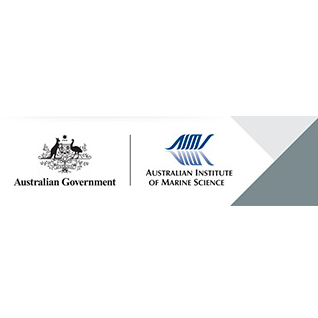Brief description
Four species of marine sponges were collected from Davies Reef at 4 - 9m depths. Four biological replicates of each of Carteriospongia foliascens, Cliona orientalis, Coscinoderma matthewsi, Ircinia ramosa, Pericharax heteroaphis, and Stylissa flabelliformis were placed into separated plastic bags filled with seawater and brought to the surface. Following collection, part of the tissue from each specimen was immediately preserved in 70% ethanol for species classification and the remaining tissue was snap-frozen in liquid nitrogen.Following sample preparation the LC-MS/MS spectrometry data were processed and annotated following the EMP method Computational methods for Release 2 and the EMP Multi-omics project (EMP500). Available from: https://github.com/biocore/emp/blob/master/methods/methods_release2.md.
The mass spectra and the spectral matching results are accessible with the Metabolomics USI interface using the GNPS job ID and the corresponding MF id (e.g., X4151 corresponds to the scan/cluster number 4151). The computational annotations of putative small peptides, which can be classified as level 2/3 annotation (putative/partial structure) based on MSI standards [59], were performed using the DEREPLICATOR algorithm v.1.2.8
Mass spectrometry data were deposited on the MassIVE public repository under the accession MSV000083475. See Zhang et al. 2022 for futher details.
Lineage
Maintenance and Update Frequency: asNeededSponge species were identified based on their morphological characters by taxonomic specialists at the Western Australian Museum (Perth, Australia).
Samples were prepared and extracted following the Earth Microbiome Project (EMP) protocol Nothias LF. Earth Microbiome Project (EMP) protocol for the LC-MS/MS. Available from: https://github.com/biocore/emp/blob/master/protocols/MetabolomicsLC.md
Results of the DEREPLICATOR workflow can be accessed at https://gnps.ucsd.edu/ProteoSAFe/status.jsp?task=31be4f1f9d2e46a99823811ddd0cfd70.
Schymanski EL, Jeon J, Gulde R, Fenner K, Ruff M, Singer HP, et al. Identifying small molecules via high resolution mass spectrometry: communicating confidence. Environ Sci Technol. 2014;48:2097–8
QC files are available from MassIVE Repository. See Zhang et al. 2022 for futher details.
Notes
CreditCouvillion, SP. Pacific Northwest Laboratory, Richland, WA, USA
Zhang, S. University of New South Wales (UNSW)
Song, W. (UNSW)
Webster, N. Australian Institute of Marine Science (AIMS) and University of Queensland (UQ)
Thomas, T. University of New South Wales (UNSW)
Nothias, LF. University of California San Diego, USA
Modified: 13 03 2024
text: westlimit=147.6375; southlimit=-18.8225; eastlimit=147.6375; northlimit=-18.8225
Zhang, S., Song, W., Nothias, LF. et al. Comparative metabolomic analysis reveals shared and unique chemical interactions in sponge holobionts. Microbiome 10, 22 (2022). https://doi.org/10.1186/s40168-021-01220-9
- global : 290075a2-333c-4489-9a35-07ee2ec991e5


